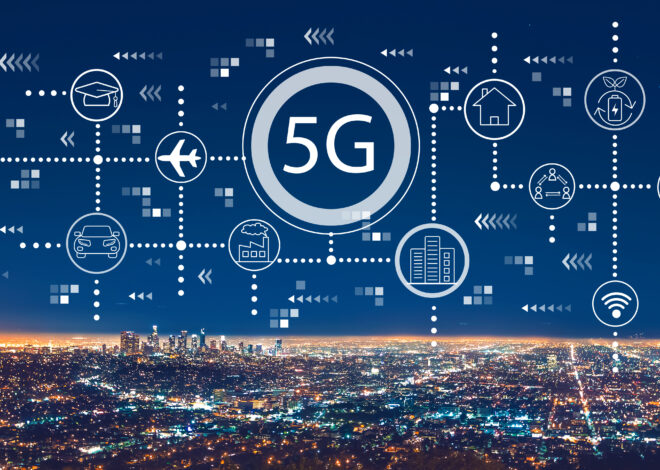
Mesh Networking: Connecting the Digital Dots Seamlessly
In our increasingly connected world, the demand for seamless, reliable communication is higher than ever. Mesh networking has emerged as a groundbreaking solution to address this need, transforming the way we build wireless networks and enabling a host of applications. In this blog post, we will delve into the world of mesh networking, exploring its fundamental concepts, applications, and the exciting possibilities it holds for the future.
Understanding Mesh Networking
Decentralized Connectivity
Mesh networking is a decentralized approach to network architecture. Unlike traditional networks with a central hub, mesh networks distribute communication across multiple interconnected devices, forming a “web” of connections.
Node-Based Communication
In a mesh network, each device (or node) acts as both a transmitter and a receiver. These nodes collaborate to relay data, creating redundancy and robust connectivity. If one node fails, data can find an alternative path to its destination.
The Power of Wireless Mesh Networks
Seamless Connectivity
Mesh networks excel in providing seamless connectivity in challenging environments. They are ideal for areas with obstacles, such as buildings, forests, or uneven terrain, where traditional networks may struggle.
Scalability
Mesh networks are highly scalable. As you add more nodes to the network, its coverage and capacity expand. This scalability makes mesh networking suitable for a wide range of applications.
Applications of Mesh Networking
Internet of Things (IoT)
Mesh networks are essential for the IoT. They enable smart devices to communicate efficiently, allowing for home automation, industrial monitoring, and various IoT applications.
Disaster Recovery
In disaster-stricken areas where infrastructure may be damaged, mesh networks provide a lifeline for communication. First responders can establish networks quickly to coordinate relief efforts.
Public Wi-Fi
Cities and municipalities are increasingly implementing mesh networks to offer free public Wi-Fi in parks, public transportation, and other communal spaces.
Wireless Sensor Networks
Mesh networks are used in environmental monitoring, agriculture, and industrial applications, allowing wireless sensors to transmit data efficiently.
Mesh Networking Technology
Wi-Fi Mesh
Wi-Fi mesh networks use a standard wireless network protocol. Routers, access points, and other devices communicate with each other to create a seamless Wi-Fi experience.
Bluetooth Mesh
Bluetooth mesh is designed for low-power, short-range communication. It is commonly used for smart home applications, connecting various IoT devices.
Zigbee
Zigbee is a wireless standard known for its low power consumption. It is widely in use in home automation and industrial control systems.
Future of Mesh Networks
5G and Beyond
As 5G technology continues to expand, mesh networking will play a vital role in ensuring robust, high-speed wireless connectivity in urban areas and beyond.
Edge Computing
Edge computing, where data processing occurs closer to the data source, aligns seamlessly with mesh networks. This is crucial for real-time processing in applications like autonomous vehicles and remote surgery.
Privacy and Security
Mesh networks offer improved privacy and security. Since data doesn’t pass through a central hub, it is less susceptible to interception, making it an attractive choice for secure applications.
Challenges and Considerations
Deployment Complexity
Mesh networks can be more complex to set up and manage compared to traditional networks. Proper planning and deployment are critical.
Interference
Wireless interference from other devices and networks can impact the performance of a mesh network. Managing interference is essential for optimal connectivity.
Cost
While mesh networks offer numerous advantages, their deployment costs can be a consideration for some organizations, especially for large-scale implementations.
Conclusion
Mesh networking is at the forefront of connectivity solutions, reshaping how we build and maintain wireless networks. With its decentralized architecture, scalability, and applications in IoT, disaster recovery, and public Wi-Fi, mesh networks have the potential to revolutionize communication in various industries.
The future of mesh networks looks promising, with 5G integration, edge computing, and enhanced privacy and security features on the horizon. However, challenges with deployment complexity, interference, and cost need to be addressed as mesh networks continue to evolve.
As the world becomes increasingly connected, mesh networking is likely to play an integral role in ensuring reliable, seamless communication and shaping the way we interact with our digital environment. Stay ahead of the curve and explore the potential of mesh networking as it continues to transform the way we connect and communicate.



